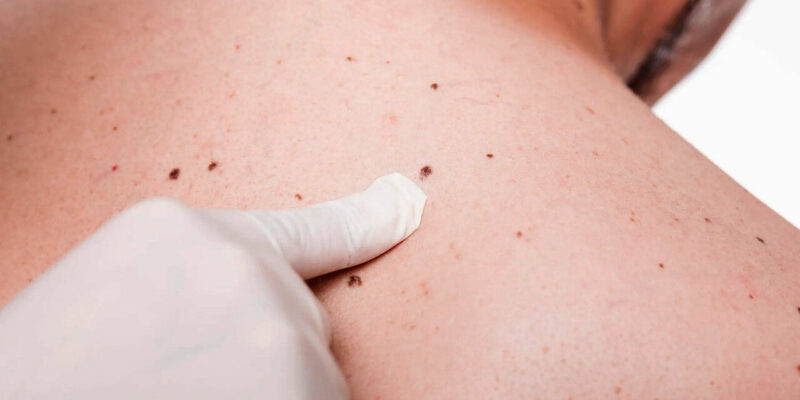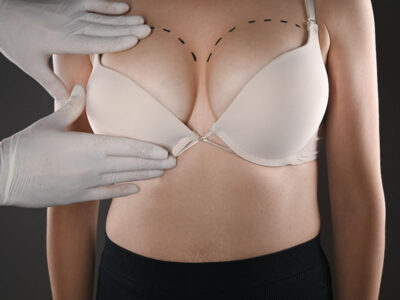
Skin tags are small, benign growths that appear on the surface of the skin. While they are harmless, many people seek to remove them for cosmetic reasons or due to discomfort. If you’re considering skin tag removal in Dubai, it’s essential to understand the available options, the procedures involved, costs, and recovery processes. This comprehensive guide will provide everything you need to know about Skin Tag Removal Dubai, from methods to aftercare.
What Are Skin Tags?
Skin tags, also known as acrochordons, are soft, non-cancerous growths that typically appear in areas where the skin folds, such as the neck, armpits, groin, eyelids, and under the breasts. They are composed of blood vessels and collagen fibers, making them harmless but often an unwanted cosmetic nuisance.
Although skin tags do not usually cause pain, they can become irritated if rubbed by clothing, jewelry, or other body parts. This irritation is one of the primary reasons people choose to have them removed.
Causes of Skin Tags
While the exact cause of skin tags is still unknown, certain factors contribute to their development, including:
- Genetics: Skin tags often run in families, indicating a genetic predisposition.
- Friction: Continuous friction between skin folds is a common cause, which is why they often appear in areas like the neck, armpits, and groin.
- Obesity: Overweight individuals are more prone to skin tags due to increased skin-to-skin contact.
- Pregnancy: Hormonal changes during pregnancy can lead to the formation of skin tags.
- Diabetes: People with diabetes are more likely to develop skin tags, possibly due to high levels of insulin and skin irritation.
- Age: Skin tags are more prevalent in older adults.
Why Remove Skin Tags?
Though skin tags are harmless and don’t require medical treatment, many individuals opt for removal due to several reasons:
- Aesthetic concerns: Skin tags can be unsightly, especially when located on visible areas such as the face or neck.
- Irritation: Skin tags may become irritated or painful if rubbed against clothing or jewelry.
- Bleeding: Some skin tags may bleed if accidentally cut or torn.
- Infection: In rare cases, irritated skin tags may become infected if not properly treated.
Skin Tag Removal Methods in Dubai
Dubai offers a range of modern and traditional skin tag removal options, performed by qualified dermatologists or aesthetic professionals. The method chosen depends on factors such as the number, size, and location of the skin tags. Here are some of the most popular methods available:
1. Cryotherapy (Freezing)
Cryotherapy is one of the most common methods for removing skin tags. In this procedure, liquid nitrogen is used to freeze the skin tag, which eventually falls off. Cryotherapy is quick and generally safe, but there may be some discomfort during the treatment.
Pros:
- Non-invasive
- Quick procedure
- Minimal recovery time
Cons:
- Can cause temporary skin discoloration
- Mild discomfort or burning sensation during the procedure
2. Excision (Cutting)
Excision involves using a surgical blade or scissors to remove the skin tag. The procedure is performed under local anesthesia, making it a relatively painless experience. This method is ideal for larger skin tags and ensures immediate removal.
Pros:
- Immediate results
- Can remove large skin tags
- Minimal risk of recurrence
Cons:
- Minor scarring may occur
- Risk of infection if not properly cared for
3. Electrosurgery (Cauterization)
Electrosurgery uses an electric current to burn off the skin tag. A high-frequency electrical device is applied to the tag, causing it to dry out and eventually fall off.
Pros:
- Effective for multiple skin tags
- Quick procedure
- Minimally invasive
Cons:
- Can cause minor discomfort
- Potential for slight scarring
4. Laser Removal
Laser removal is an advanced method that uses targeted laser energy to remove the skin tag. This option is preferred for individuals who want a precise, non-invasive method that leaves minimal scarring.
Pros:
- Minimal scarring
- Non-invasive
- Precise targeting of the skin tag
Cons:
- More expensive than other methods
- May require multiple sessions for complete removal
5. Ligation
Ligation involves cutting off the blood supply to the skin tag using a surgical thread or band. Over time, the lack of blood flow causes the tag to wither and fall off naturally. This method is generally used for smaller skin tags.
Pros:
- Simple procedure
- No anesthesia required
- Minimal scarring
Cons:
- Takes time for the skin tag to fall off
- May cause discomfort during the process
How to Prepare for Skin Tag Removal
Before undergoing skin tag removal, it’s essential to consult with a dermatologist or qualified professional. During your consultation, the doctor will assess the skin tags, determine the best removal method, and explain any risks or aftercare instructions.
Here are a few general tips to prepare for the procedure:
- Avoid self-removal: Never attempt to remove a skin tag at home, as this can lead to infection, bleeding, or scarring.
- Disclose your medical history: Inform your doctor about any medical conditions, medications, or allergies.
- Shave the area (if necessary): For skin tags in areas with body hair, you may need to shave the area before the procedure.
- Avoid sun exposure: Protect the affected area from the sun for a few days before the procedure to reduce irritation.
What to Expect During Skin Tag Removal
Most skin tag removal procedures are relatively quick and performed on an outpatient basis. Depending on the method, the procedure can take anywhere from a few minutes to half an hour.
- Anesthesia: Local anesthesia may be applied to numb the area, especially for excision or cauterization methods.
- Discomfort: While some methods cause mild discomfort, others, like laser removal, are almost pain-free. Your doctor will discuss pain management options if necessary.
- Post-procedure: Once the skin tag is removed, the doctor may apply an antibiotic ointment or bandage to the area to prevent infection.
Aftercare and Recovery
Aftercare is crucial to ensure proper healing and minimize the risk of infection or scarring. Here are some essential aftercare tips:
- Keep the area clean: Gently clean the area with soap and water, and avoid scrubbing or picking at the site.
- Apply ointments: If prescribed, use antibiotic creams to reduce the risk of infection and promote healing.
- Avoid sun exposure: Protect the treated area from direct sunlight, as UV rays can cause pigmentation changes or delay healing.
- Wear loose clothing: Avoid tight clothing that may rub against the treated area, causing irritation or delaying recovery.
- Follow up with your doctor: If you notice any unusual redness, swelling, or discharge, contact your doctor immediately.
Most individuals can resume normal activities immediately after the procedure, but recovery times may vary depending on the method used. The treated area may take a few days to heal completely.
Cost of Skin Tag Removal in Dubai
The cost of skin tag removal in Dubai varies depending on the method, size, and number of skin tags, as well as the clinic or dermatologist’s experience. On average, prices range from AED 300 to AED 1500 per session. Laser removal tends to be on the higher end of the price spectrum, while excision and cryotherapy are generally more affordable.
Some clinics offer package deals if you have multiple skin tags to remove, which can help reduce the overall cost.
Conclusion
Skin tag removal is a simple and effective way to improve your skin’s appearance and alleviate any discomfort caused by these benign growths. Dubai offers a wide range of advanced and traditional methods for skin tag removal, from cryotherapy and excision to more modern options like laser removal. Whether for aesthetic reasons or to prevent irritation, choosing the right procedure and following proper aftercare is essential for successful results.










